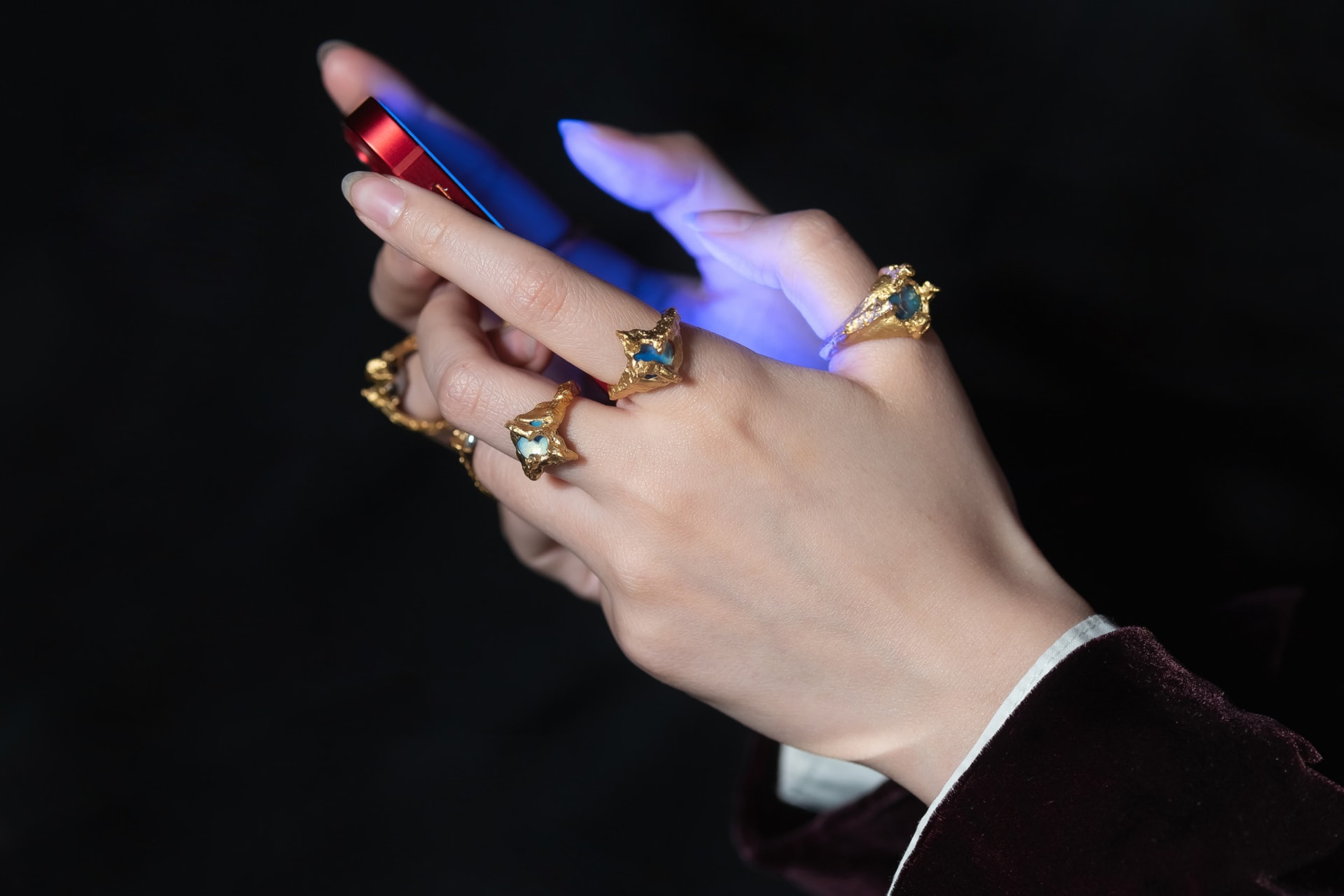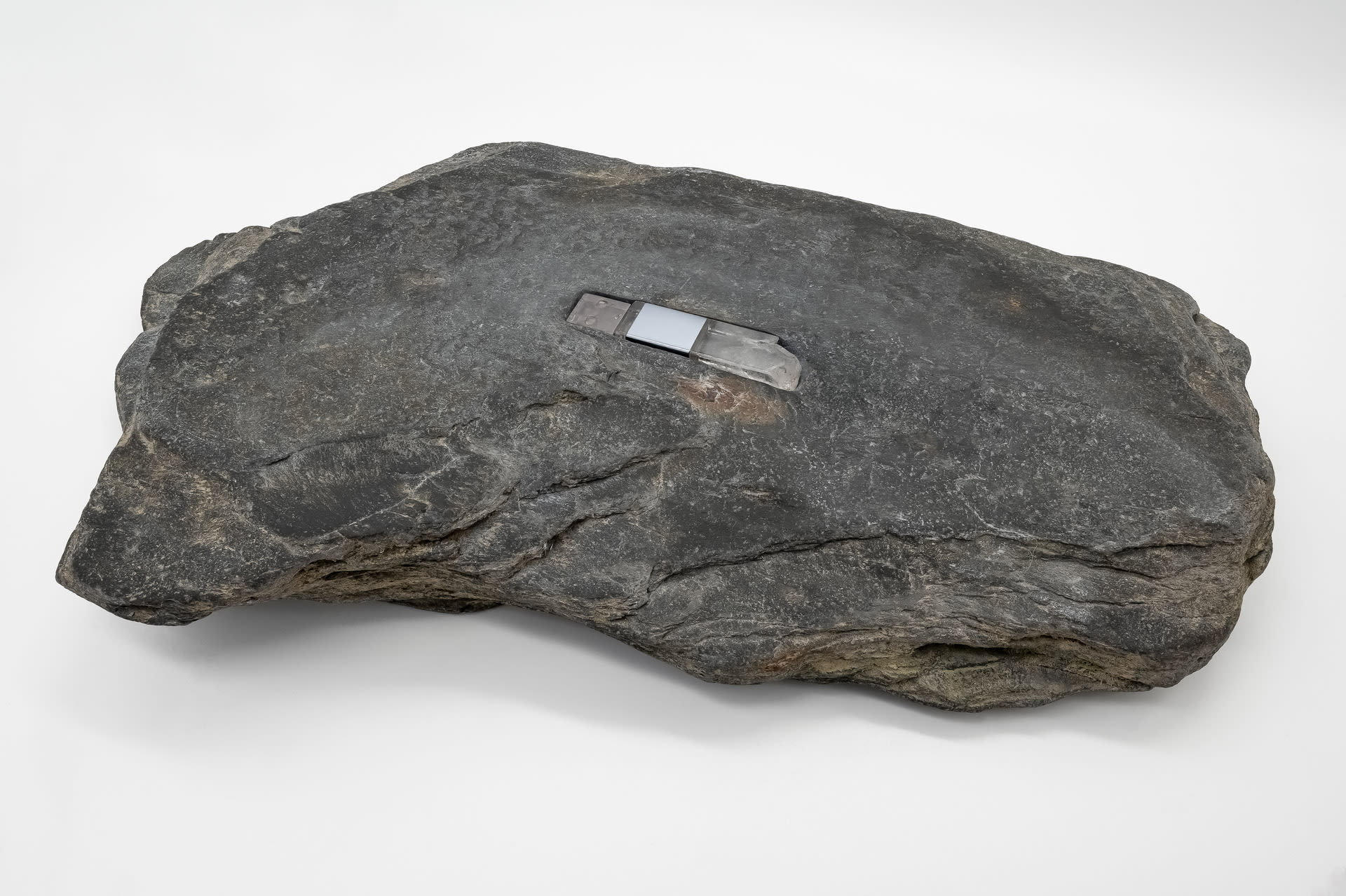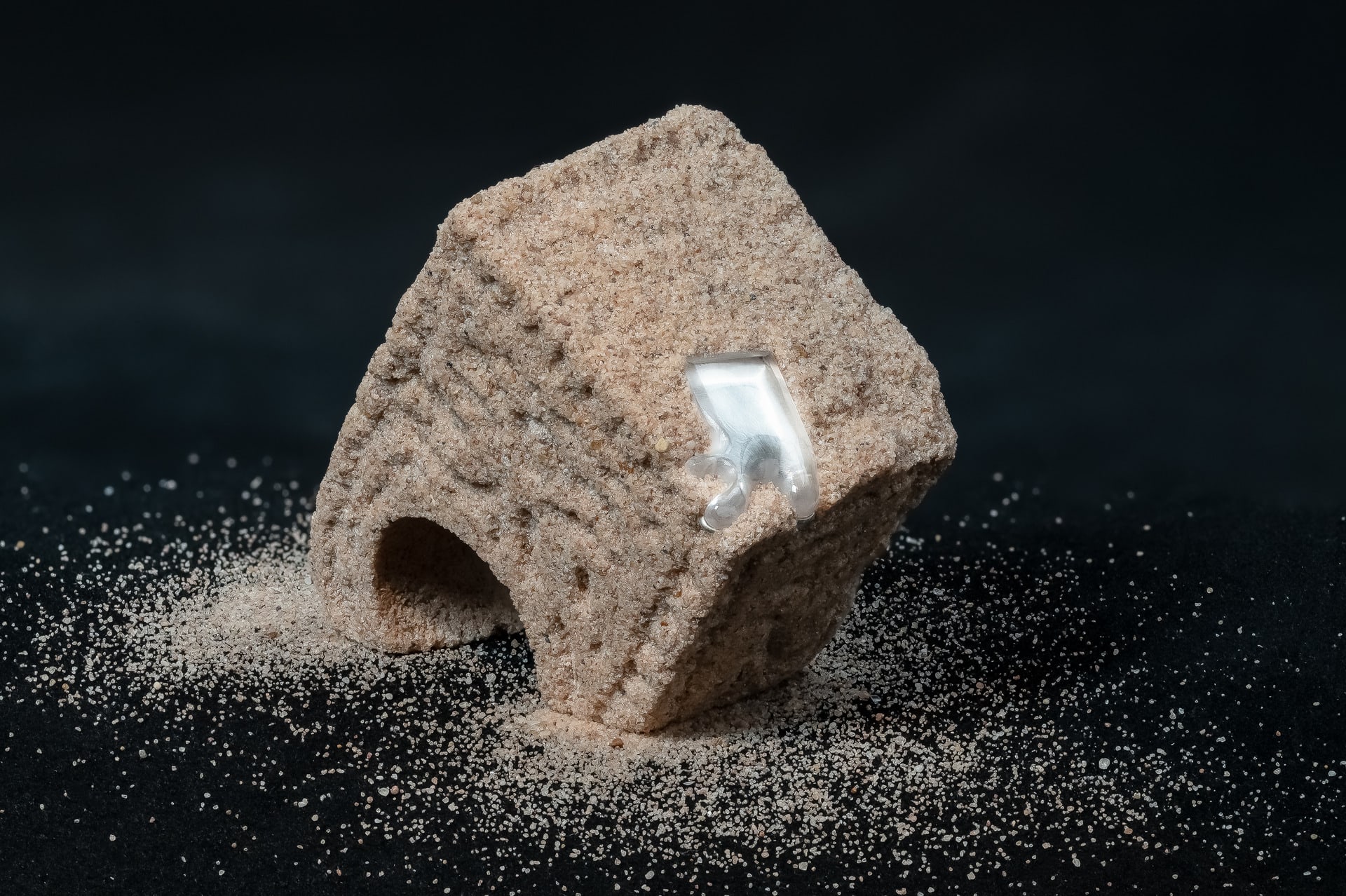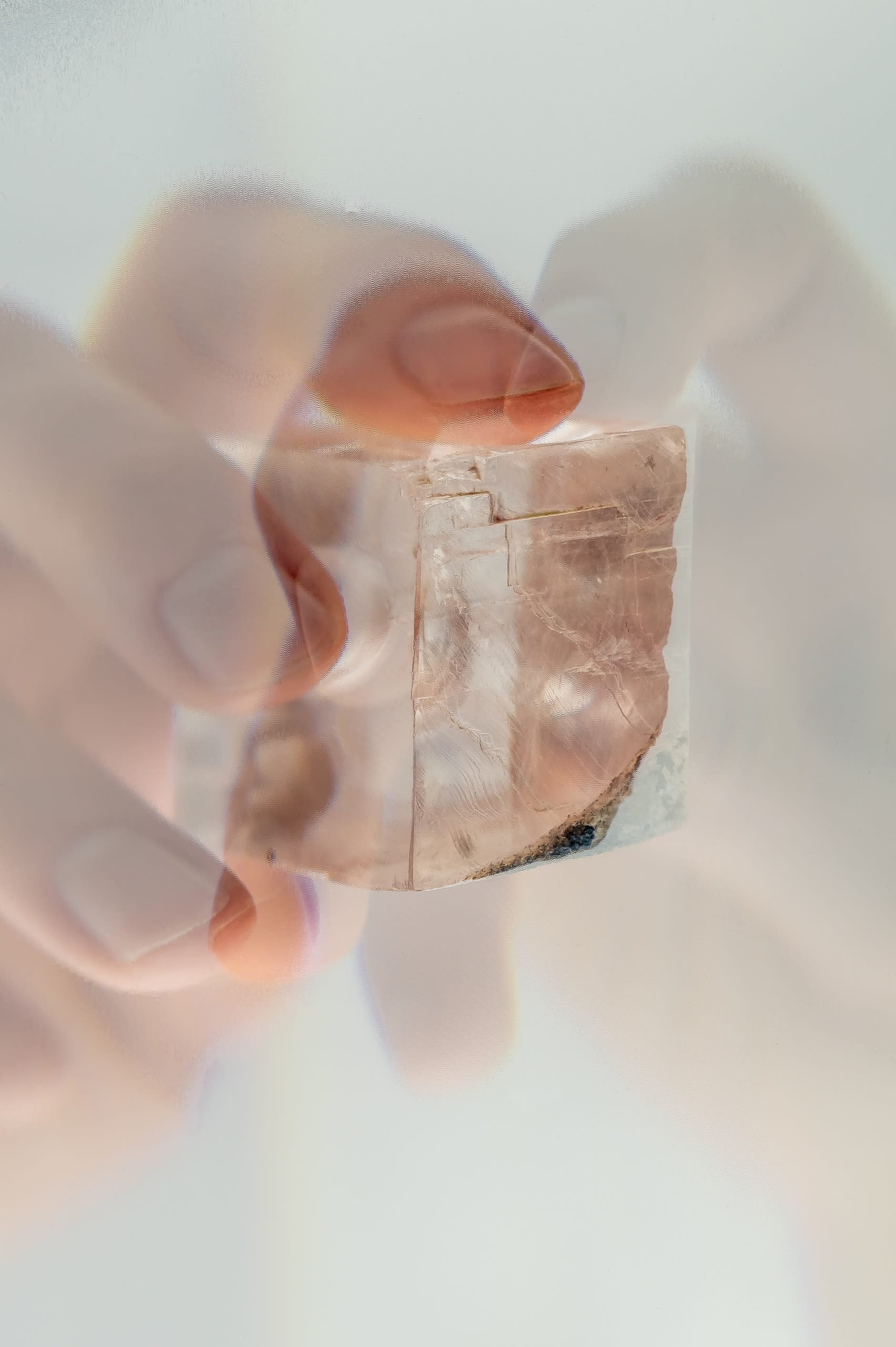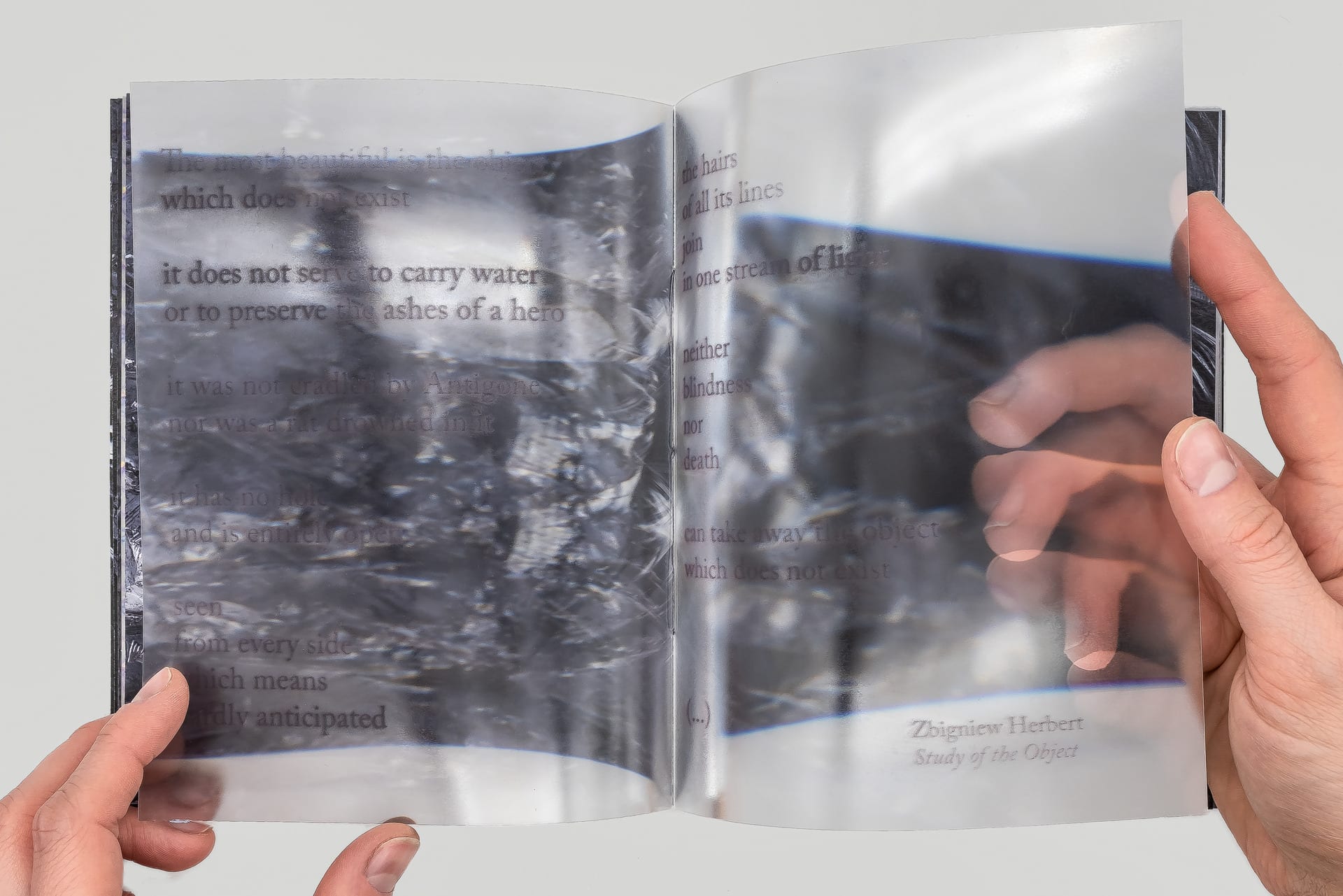My work explores the space where technology becomes magical to most of us, offering us a play of the constantly shifting perceptions and deceptions we learn to grapple with as we navigate through life today.
Coming from a country that transitioned from communism to capitalism, I grew up in confusing times of rapid economic growth marked by a need to indulge in ever-escalating consumerism. The screen functioned as a window through which we experienced this strange new world of objects that unfolded. Like many others of my generation, I found myself immersed in the digital. Years later, I joined the fate of many other Polish citizens and became a migrant. Being away, or rather not being anywhere, and at the same time being everywhere, strengthened the notion of this in-between existence.
I’m fascinated by moments in time during which a material can transform an era, rewiring both individual minds and the collective unconscious. The screen is a point of departure for my practice. I cross the threshold and linger in between, dwelling nowhere. The foreign becomes native.
(In the Information Age, you are never home).
I look at the screen as a space, a border, an object. Why are we so drawn to it? Attracted by the glow, animated by the ever-shifting nature of liquid crystals, we melt, mesmerised by the magic of the spectacle. The ultra-tactile, seductive part conceals a tightly woven structure of potentially disturbing influences. I address these in my creations, hoping to find a grounding moment by turning to analogue, time-consuming labour as a response to the pace of late capitalism. My work sets out to present digital matter as embodied and tactile, connected to assemblages of agencies extending through time and space.
Historically, touching an object and holding it close to the skin was linked with strengthening one’s belief. Today, mindful touch is a moment of grounding and response to the constant commodification of the sensorial by techno-capitalism.
The objects I create are saturated with nostalgia, the liquid crystal rings speak to the hyper-individuality of adolescence. A USB flash drive, an object nearly obsolete in times of alternative data storage, and new connectors, embedded in stone with its memories already written. I turn to the juxtaposition of sleek, shiny surfaces with rough, recognisable substance. The objects are anchored in a vague historical context that addresses a pre-empirical understanding of matter. I tackle the inaccessibility of the in-between, making peace with the inability to access knowledge beyond the surface.
